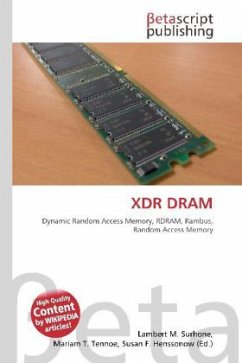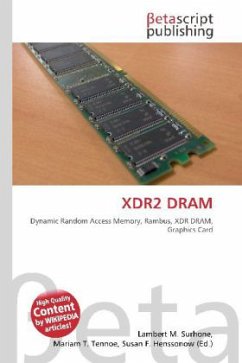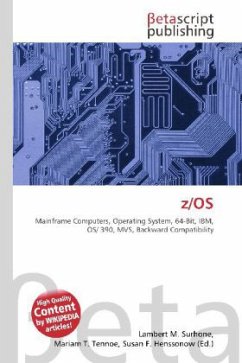Please note that the content of this book primarily consists of articles available from Wikipedia or other free sources online. XDR DRAM or extreme data rate dynamic random access memory is a high-performance RAM interface and successor to the Rambus RDRAM it is based on, competing with the rival DDR2 SDRAM and GDDR4 technology. XDR was designed to be effective in small, high-bandwidth consumer systems, high-performance memory applications, and high-end GPUs. It eliminates the unusually high latency problems that plagued early forms of RDRAM. Also, the XDR DRAM have heavy emphasis on per pin bandwidth, which can benefit further cost control on PCB production. This is because fewer lanes are needed for the same amount of bandwidth. Rambus owns the rights to the technology. XDR is used by Sony in the PlayStation 3 console. An XDR RAM chip''s high-speed signals are a differential clock input (clock from master, CFM/CFMN), a 12-bit single-ended request/command bus (RQ11..0), and a bidirectional differential data bus up to 16 bits wide (DQ15..0/DQN15..0).
Bitte wählen Sie Ihr Anliegen aus.
Rechnungen
Retourenschein anfordern
Bestellstatus
Storno








